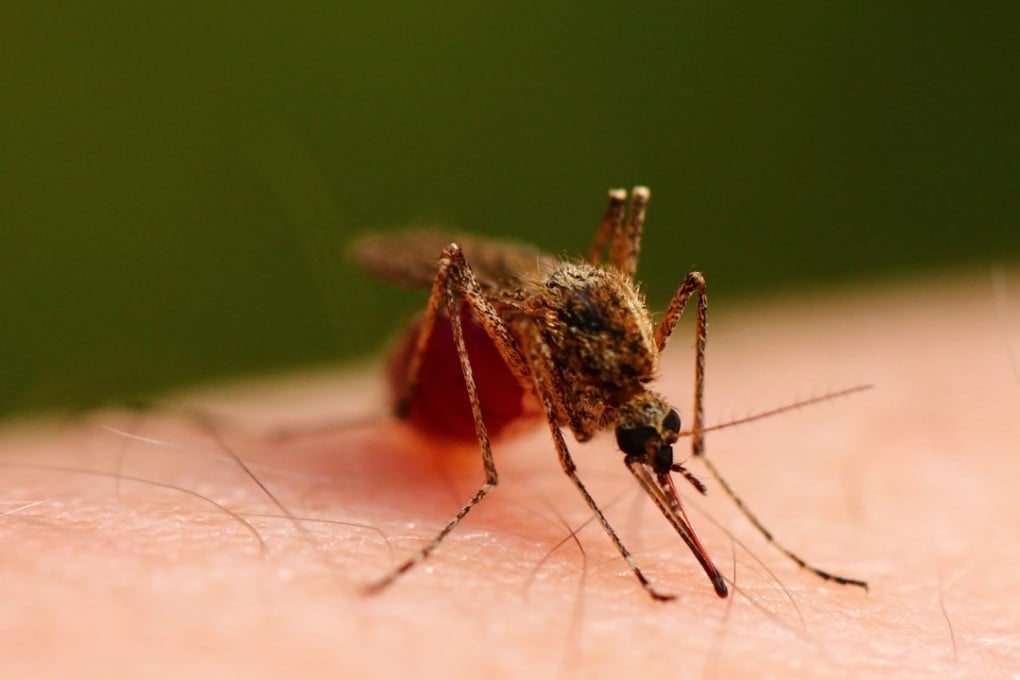
Zika, the mosquito-borne virus that triggered public health alarm bells last summer, has receded from the spotlight. But, experts say, expect the virus to pose a renewed threat this year.
How great of a threat? That’s where it gets tricky.
No locally acquired cases of the virus have been reported in the United States this year. But as public health agencies gear up for mosquito season, uncertainty remains around what resources states may need and whether they will receive adequate federal support. In addition, researchers still have questions about how the virus works and its long-term effects. These forces could complicate efforts to track outbreaks and provide accurate information about prevention and disease management.
“We still have much to learn. And much remains to be done,” Lyle Petersen, director of the Centres for Disease Control and Prevention’s Division of Vector-Borne Diseases, said last week at a House Energy and Commerce subcommittee hearing.
Zika, which can cause birth defects if contracted by pregnant women, is primarily transmitted by a mosquito more commonly found in southern areas of the country such as the Gulf Coast. Texas, Florida, Southern California and Louisiana were all deemed high-risk areas last year. It hit the Americas in 2015 and reached the United States via infected travellers.

